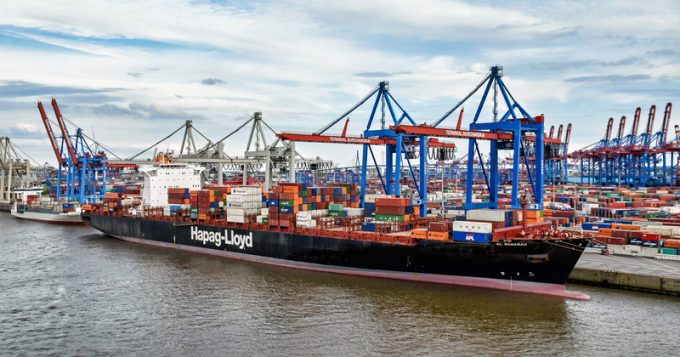OceanX Radar: Cooling down – trade wars mean no trade
… no news on deals is bad news on wheels

THE Alliance partners Hapag-Lloyd, ONE, Yang Ming and HMM announced today they would “temporarily suspend” an Asia-North Europe loop and a transpacific Asia-US east coast service from mid-November.
The carriers said both the alliance’s FE5 Asia-North Europe and the EC4 Asia-US east coast services would be ...

Comment on this article